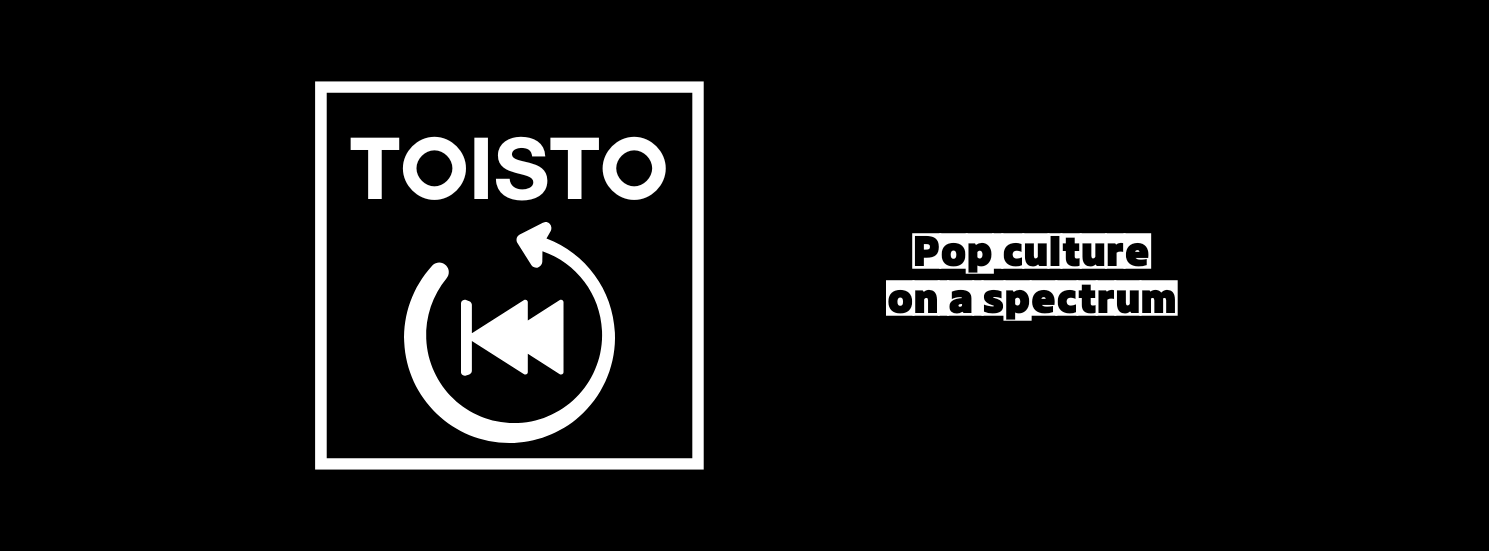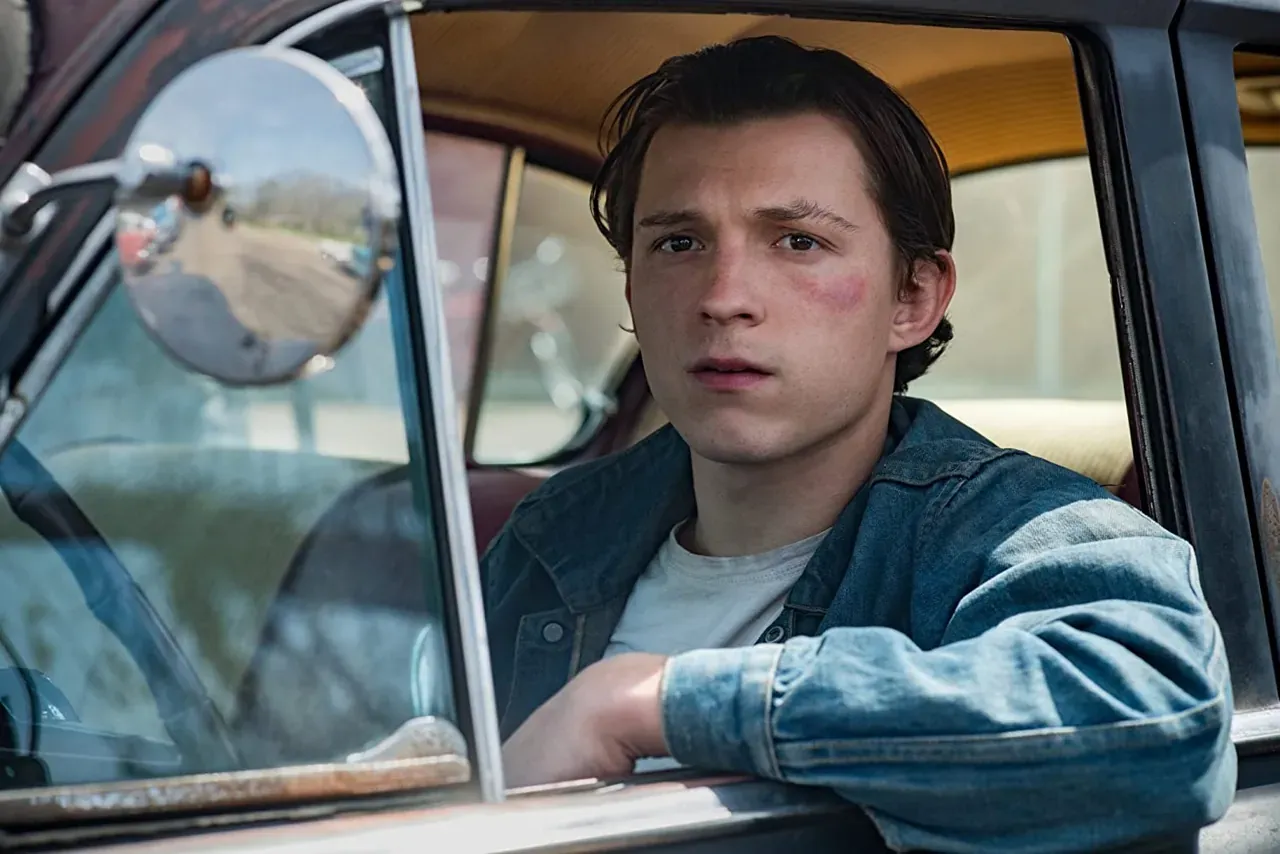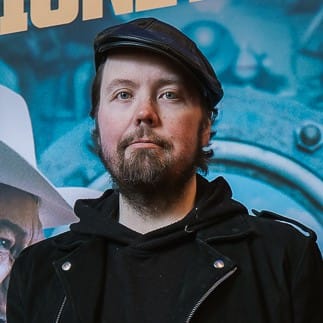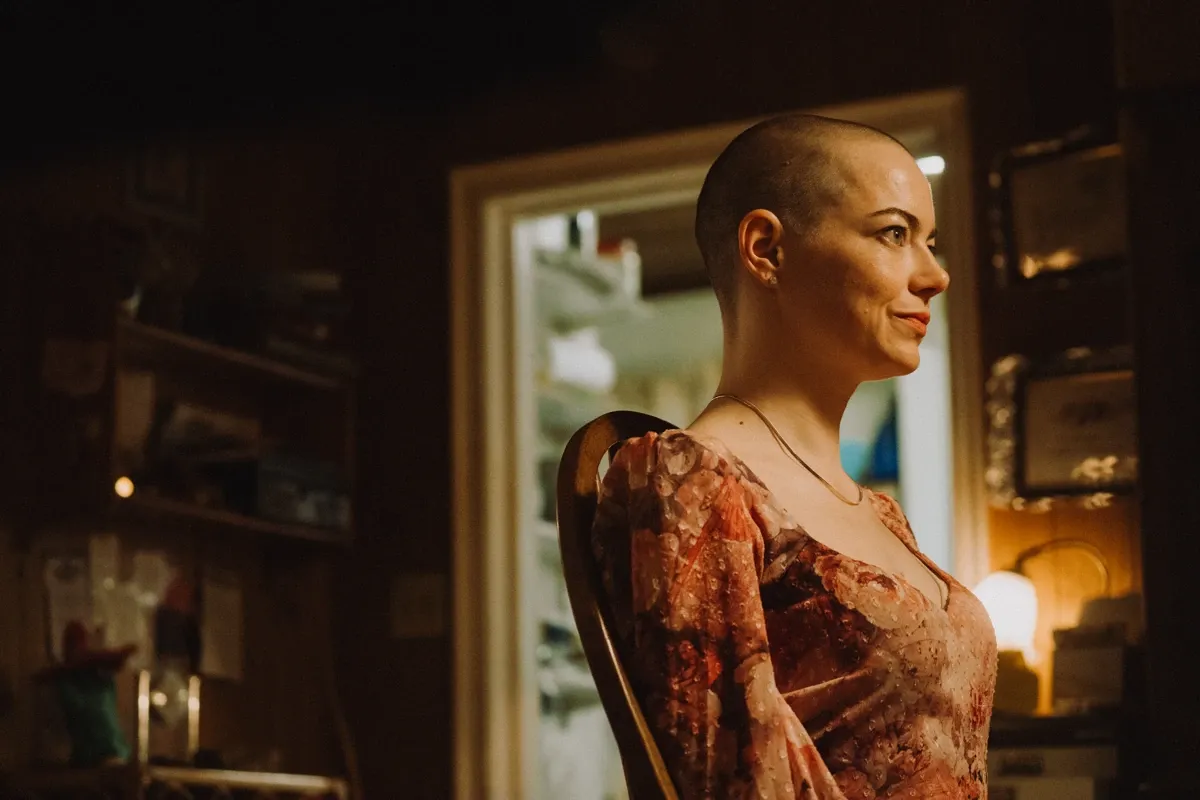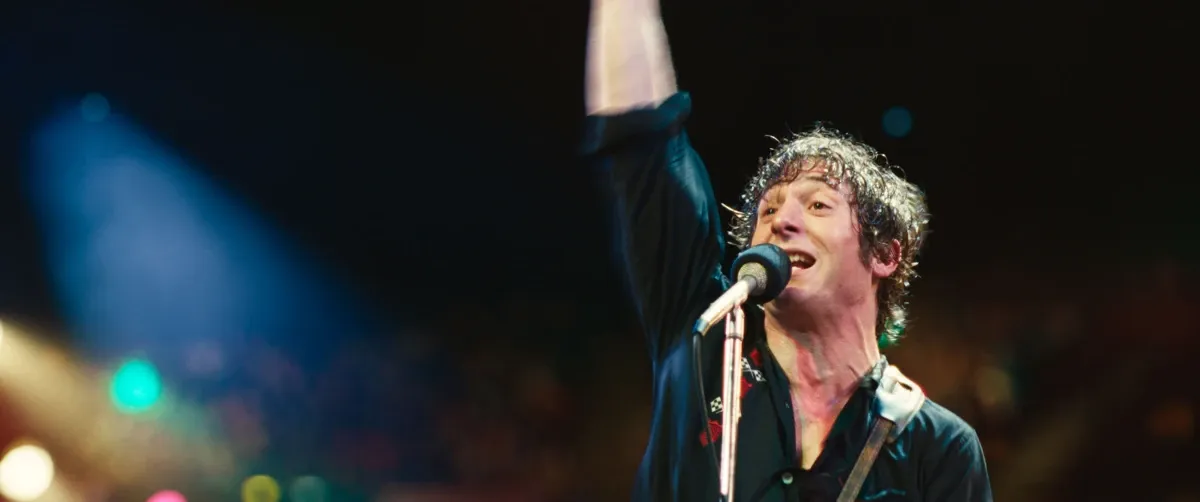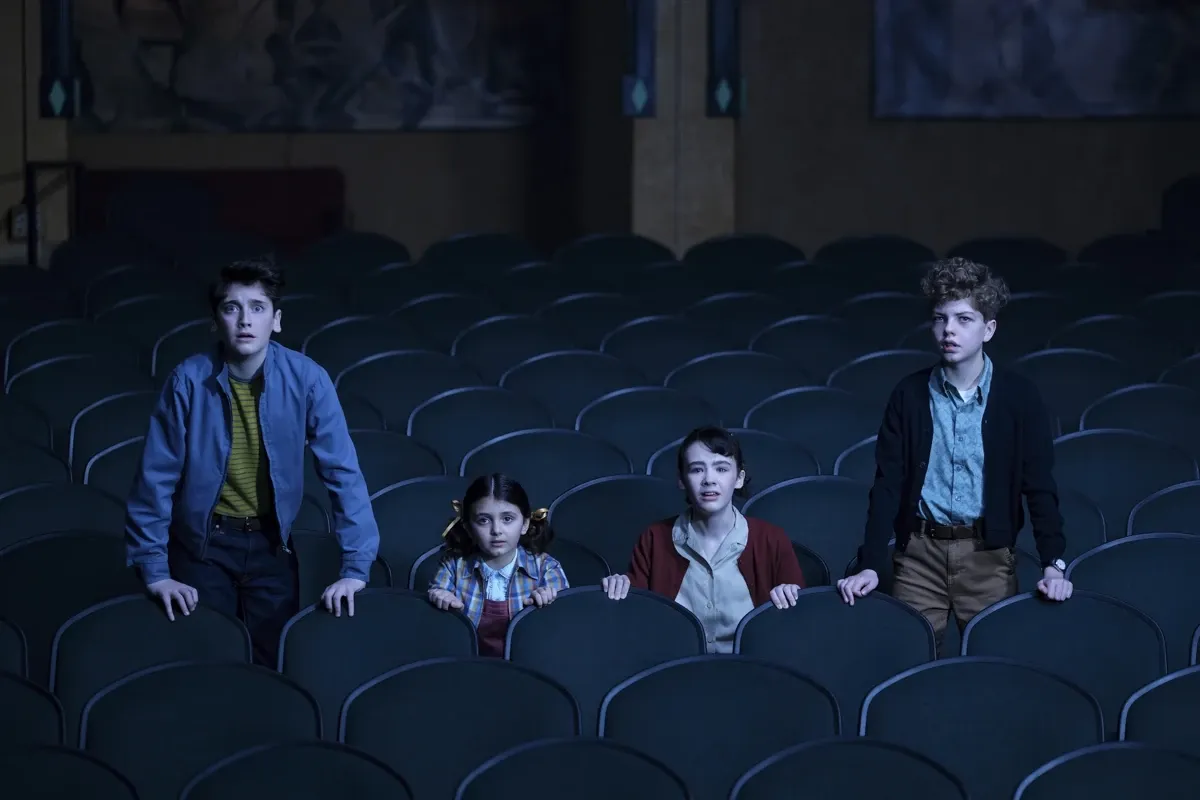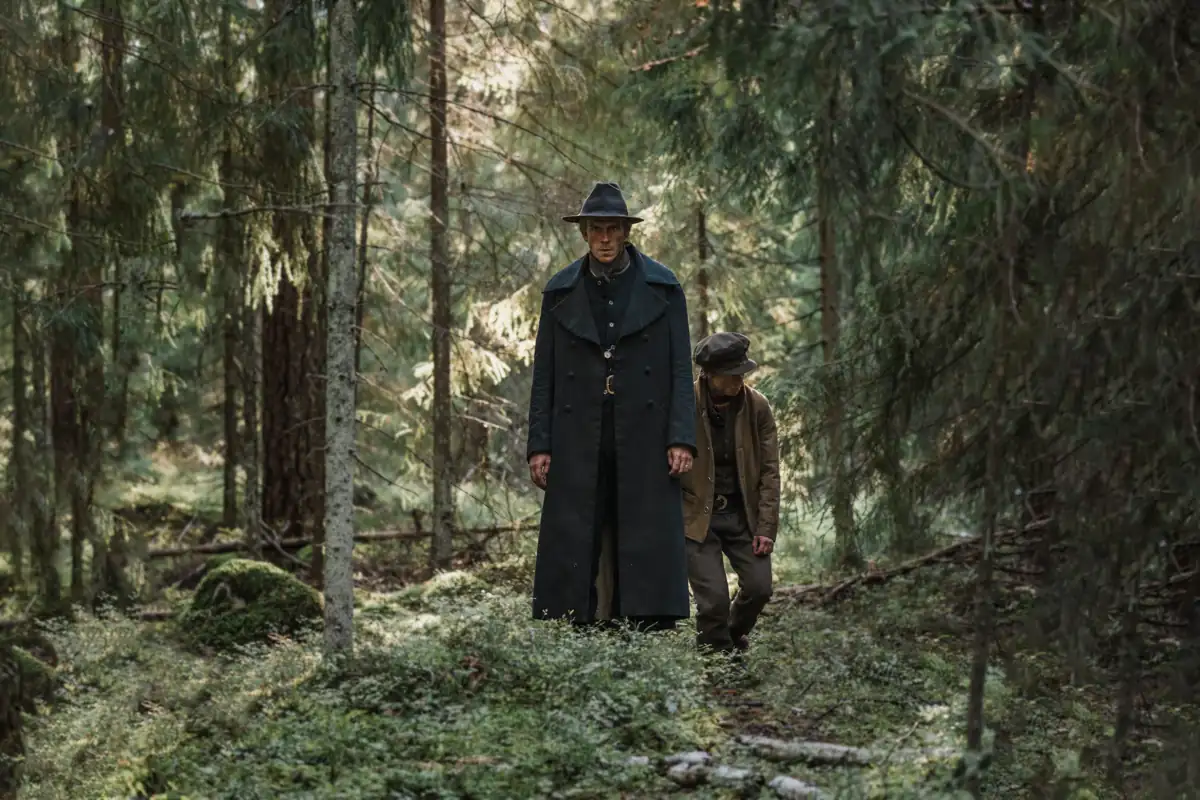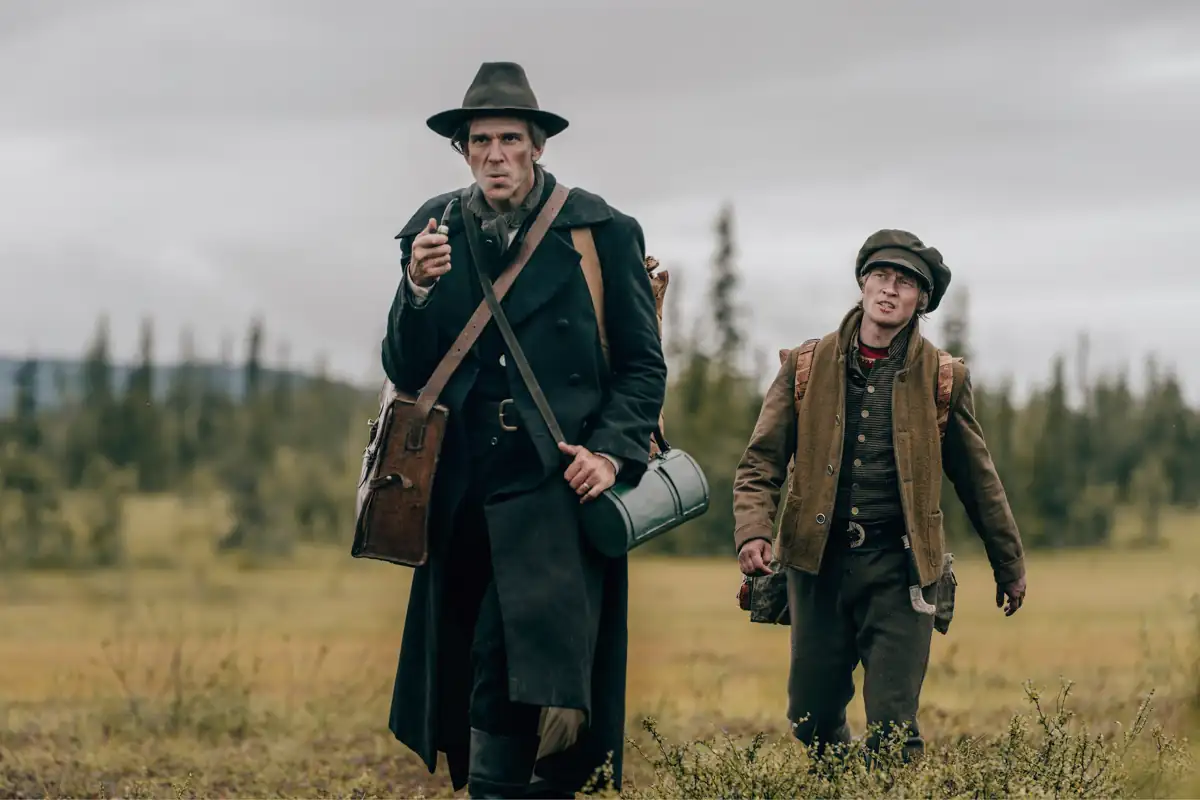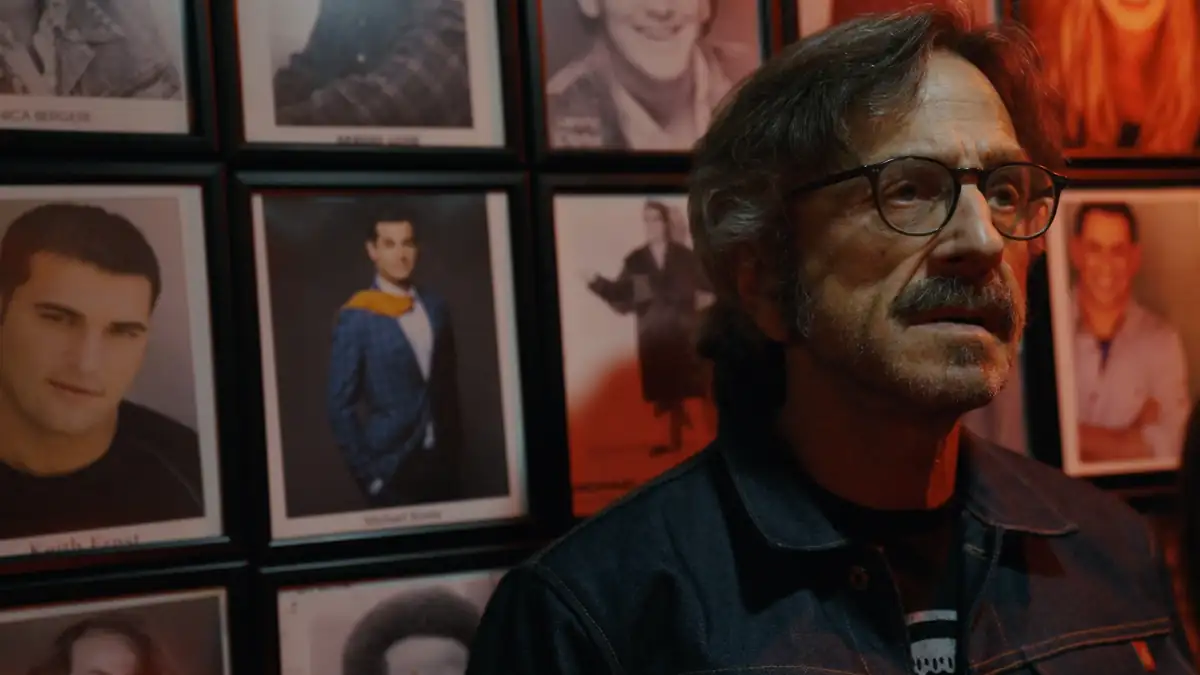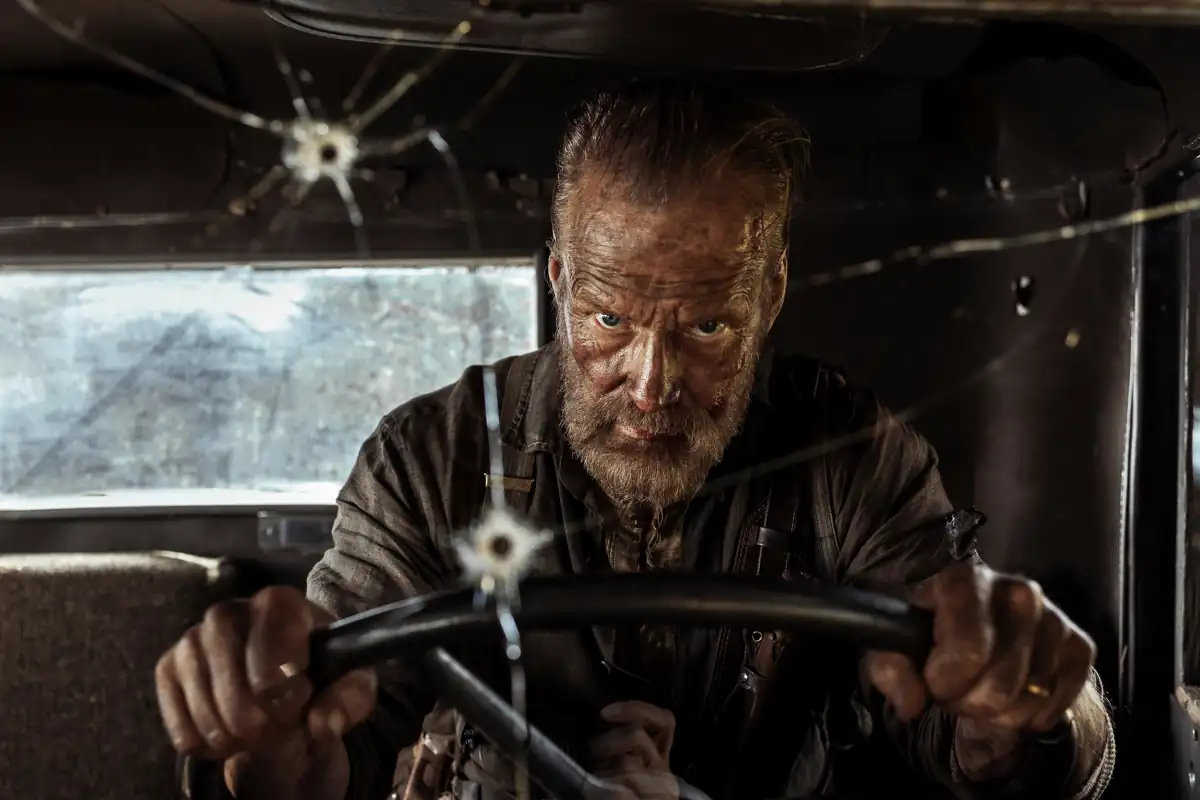The Devil All the Time is about people searching for meaning in the otherworldly, only to circle back to find violence waiting in the mundane.
It takes place in the years after the Second World War and the American War in Vietnam, and that period is a lurid fever dream of religious fervor, drenched in sweat and blood. A wrily omniscient narrator (author Donald Ray Pollock) unfolds this tragedy where everyone is related in one way or another. It has a magical realist quality to it like an anti-FORREST GUMP, one where all hopes and dreams do come true, but never in the way you’d want them to.
The story is set in Knockemstiff, Ohio, a town which sounds as fictional as they come, but turns out to be the only true part of the whole thing. A young man returns home from the war, only to discover squalor and militant religion waiting for him. He marries and has children and for a time it seems like life has the chance of turning out good. But life, as the narration tells us, is often filled with stupid coincidences.
Years later the man’s son, Arvin (a tightly wound Tom Holland) is coming to the cusp of adulthood. He’s an exposed nerve, a mess of a human being so angry at the world he might just explode at any given second. When a slimy preacher (a brilliant Robert Pattinson) and a murderous couple (Jason Clarke & Riley Keough) roll into town, it lights a fuse in the young man that cannot be put out.
THE DEVIL is the kind of film that could be described as “slow-burning,” but it’s more of a simmering fire that’s been kindling for ages. We just happen to pass by at a time when a breeze gushes life into it before it dwindles again. There’s a sense that wherever Knockemstiff is, real or imagined, time stands still. Even as the decades pass and the world outside goes through great cultural upheaval, this part of the universe still looks and sounds like it’s stuck in a post-war malaise. Even the sky here is green like a sickness had overtaken the light.
It’s a world where everyone looks like they’re sweating all the time. This is a picture that is uncomfortable to watch in the best possible way. You can feel the grime and smell the halitosis. The gorgeous cinematography by Lol Crawley and low-key unnerving score by Danny Bensi & Saunder Jurriaans make the experience feel timeless. Violins drone and moan and we feel like we’re sinking deeper into a swamp with every passing minute.
The Southern Gothic nature will undoubtedly be too much for some. This is a violent, dark, and oppressive film where very little good happens if it happens at all. It brings to mind the bleakest works of authors like Flannery O’Connor or the murder ballads sung by Nick Cave. If WHERE THE WILD ROSES GROW could ever be translated into a film, this is what it would look like. It’s awful to be sure, but there’s a strange compelling quality to it. A lyrical melancholy that fills a need in the heart even if we don’t quite understand why.
A lot of that has to do with the way director and screenwriter Antonio Campos stages the drama. It’s very no-nonsense and lackadaisical in the telling. Time means very little and dozens of asides and ellipses take us on detours when the story feels like it. A character might die off early in the story only to be brought back for one more anecdote the narrator forgot to mention.
Because the narrator is also the author, he can see far beyond the consequences of immediate actions. Not that he’ll tell us what is to come, and it’s something the film even flaunts in our faces from time to time. At nearly two and a half hours, the film tests patience and the conclusion is bound to wear out many. But those willing to allow the myriad of feelings and sensations to wash over them, even with little payoff, will find odd pleasures within.
THE DEVIL shouldn’t be confused with a film with nothing to say just because it takes its own sweet time getting to the point. A lot is going on under the surface, not least the depiction of a country left to fend for itself. Even as we witness the small lives colliding with one another, they’re always tethered to the radio, which connects them to the world beyond. The only things we hear from the outside are stories of war and distrust – tempered by the expectation that one day Jesus will provide salvation. Stricken with pervasive poverty, the people turn to the almighty in hopes that their fears are given purpose.
As Holland wanders through the punishing story it’s possible to pick up biblical metaphors just as easy as political ones. Campos’ dense screenplay adapts the hugely interconnected saga with efficiency, emphasizing the elements that remain timeless in Americana. If GRAPES OF WRATH explored the unyielding spirit of the downtrodden heartland, THE DEVIL exposes that the heart is corrupt and foul, yet still beating even against all odds.
And while the film never promises anything good for any of the characters, there’s a bizarre sense of optimism that permeates throughout the story. As if all this muck could one day wash away and even the most degenerate people can aspire to something better. But that betterment is miles away, beyond a pitch-black forest, and there’s no light to guide the way but for a muzzle flash. So everyone stumbles in the dark firing blindly, hoping to make their way to the other side. No matter the cost.
